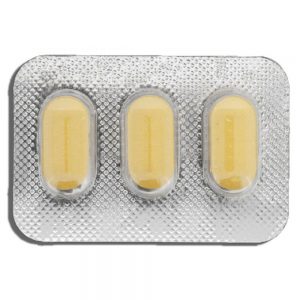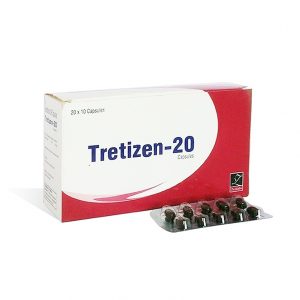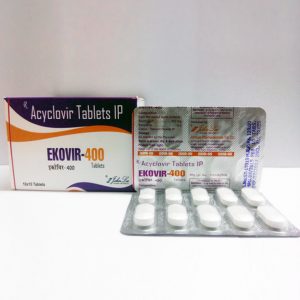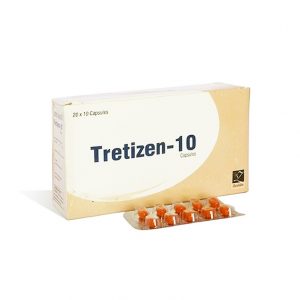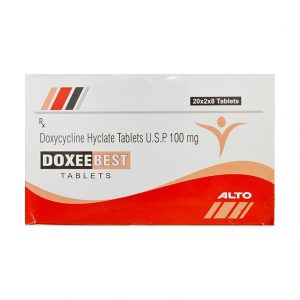Pharmachologic effect Generic Zovirax
Vyrostatic preparation containing the active substance acyclovir. Acyclovir is a synthetic substance that is similar in structure to guanine (a constituent part of nucleic acids, is complementary to cytosine). When interacting with specific enzymes, acyclovir is converted into a pharmacologically active substance. In cells infected with viruses, a specific enzyme, thymidine kinase, is produced, which through several chemical reactions converts acyclovir to acyclovir triphosphate. Due to saturation of the cytoplasm of an infected cell with acyclovir triphosphate, viral DNA replication is impaired, which leads to disruption of the normal reproduction of viruses and the formation of non-viable viral units. The mechanism of action of the drug is based on its structural similarity with deoxyguanosine triphosphate, due to which a competitive replacement of the nucleotide by acyclovir triphosphate occurs during the synthesis of viral DNA. The drug does not affect the healthy cells of the body, since they lack the enzyme thymidine kinase and acyclovir remains in an inactive form. In addition, the concentration of acyclovir in infected cells is significantly higher than in healthy ones. The drug exhibits virostatic activity relative to the herpes simplex virus type I and II, the virus that causes chicken pox. Acyclovir is moderately active against cytomegalovirus.
With prolonged use of the drug, especially in patients with immunodeficiency, the development of virus resistance to drugs containing acyclovir was observed. Resistant virus strains are characterized by a low content or violation of the structure of thymidine kinase, changes in the structure of viral DNA polymerase.
When using the drug in the form of an eye ointment, acyclovir is rapidly absorbed through the cornea and creates high concentrations in the intraocular fluid. Systemic absorption of the drug when applied to the cornea is insignificant, acyclovir is almost not defined in the blood plasma, a certain amount of acyclovir is determined in the urine.
When using the drug in the form of ointment, systemic absorption of acyclovir is negligible.
With intravenous infusion of the drug, the maximum concentration in the blood plasma was observed 1 hour after the infusion. The elimination half-life in adults is 2.9 hours, in newborns 3.8 hours.
After oral administration of the drug, the active substance is partially absorbed into the general circulation. When taking the drug in a dose of 200 mg every 4 hours, the maximum equilibrium concentration of the drug in the blood plasma is about 3.1 μmol, and the minimum equilibrium concentration of the drug is about 1.8.
The degree of communication with plasma proteins is low (from 9 to 33%). The drug in high concentrations is determined in the cerebrospinal fluid. Acyclovir is partially metabolized in the liver. Excreted mainly by the kidneys, both unchanged and in the form of metabolites.
In older people, the half-life of acyclovir is slightly increased.
In patients with renal insufficiency, the half-life of acyclovir is up to 19.5 hours, and during hemodialysis, the half-life is reduced to 5.7 hours.


